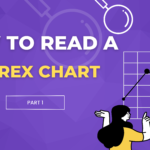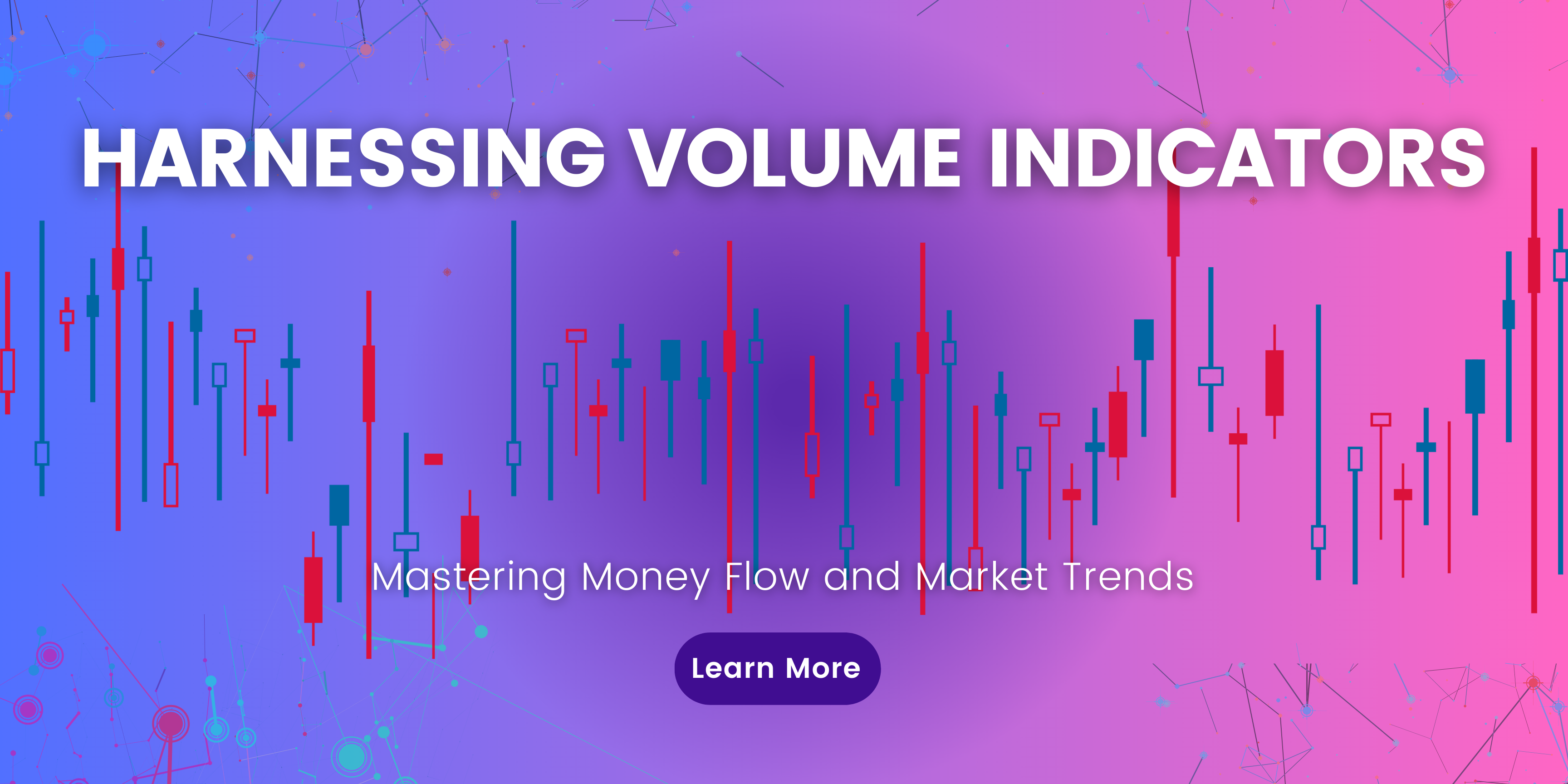Reading Candlestick ChartsCandlestick charts are one of the most popular Forex chart types due to their ability to convey valuable information in a single bar. Each candlestick represents one period on the chart:The real body shows the open-high-low-close (OHLC) range for that period.A filled or colored body indicates the close was lower than the open …
How to Read a Forex Chart: Part 2 of 4

Reading Candlestick Charts
Candlestick charts are one of the most popular Forex chart types due to their ability to convey valuable information in a single bar. Each candlestick represents one period on the chart:
- The real body shows the open-high-low-close (OHLC) range for that period.
- A filled or colored body indicates the close was lower than the open (bearish).
- An empty or hollow body shows the close was above the open (bullish).
- Wicks or shadows above and below represent the high and low price extremes.
Certain candlestick patterns have predictive qualities. For example, a long-legged doji after an uptrend may signal uncertainty, while a bullish engulfing pattern implies buyers are overpowering sellers.
Using Indicators
Technical indicators are mathematical calculations that analyze price data to identify trends and generate overbought/oversold signals. Common Forex indicators include:
Moving Averages
Simple, exponential and weighted moving averages smooth out price noise by averaging closing prices over a given period. Crossovers between short and long term averages indicate changes in momentum.
Relative Strength Index (RSI)
The Relative Strength Index (RSI) is a popular momentum indicator that measures the speed and change of price movements to determine whether a currency pair is overbought or oversold. The RSI evaluates recent gains and losses to assign a number between 0-100 to a certain period, such as 14 periods.
The RSI calculation compares the magnitude of recent gains to recent losses and converts this into an index. It does this by taking the average gain of up days over the period being analyzed, and then dividing this by the average loss of down days over the same period.
The result is then expressed as a decimal number between 0 and 100. A reading above 70 generally indicates the currency pair is overbought and may be due for a correction. Readings below 30 usually imply the pair is oversold and ripe for a bounce.
Traders watch for divergences between RSI readings and price action. For example, if prices make a new high but the RSI fails to surpass the previous high, this is considered a bearish divergence signaling a potential trend reversal.
Divergences work the other way too. Failures of lower lows in price to be confirmed by the RSI can signal buyers are stepping in to halt further declines. In general, traders will look to enter in the direction of the RSI divergence once it is confirmed by a reversal in price.
The RSI provides valuable insight into the momentum behind a trend and whether prices may be due for a temporary pullback against the main trend. It must be used in conjunction with other factors like price action and moving averages for robust confirmation of signals.








